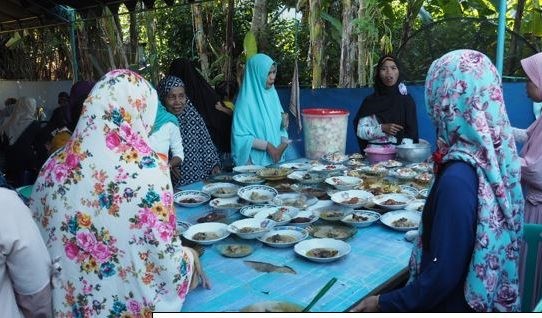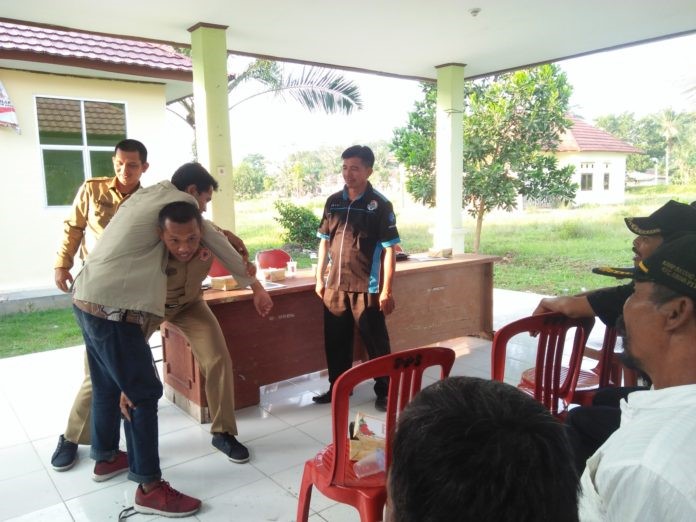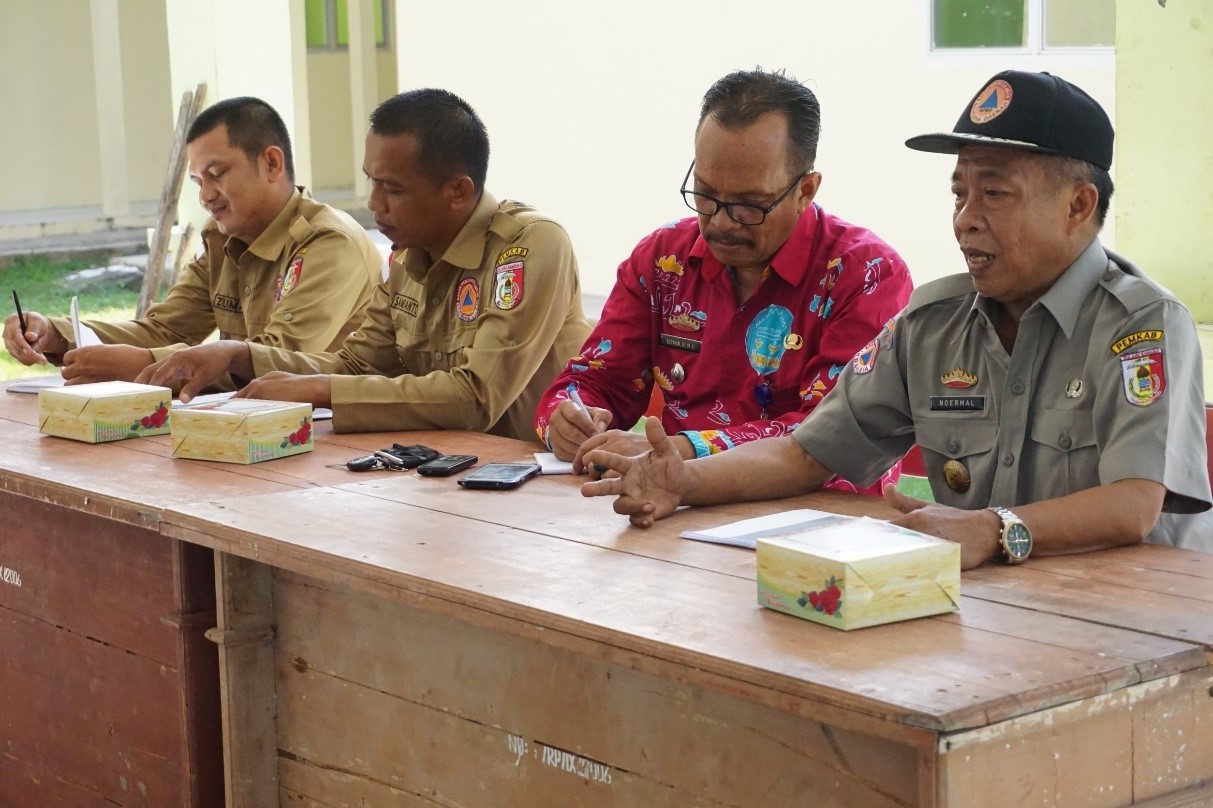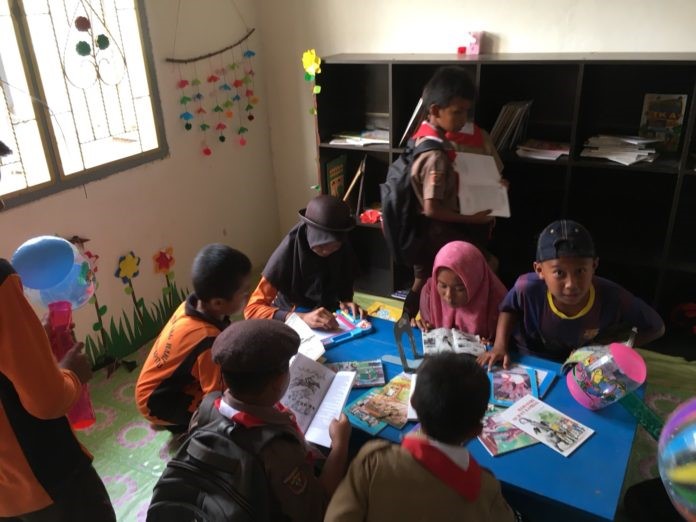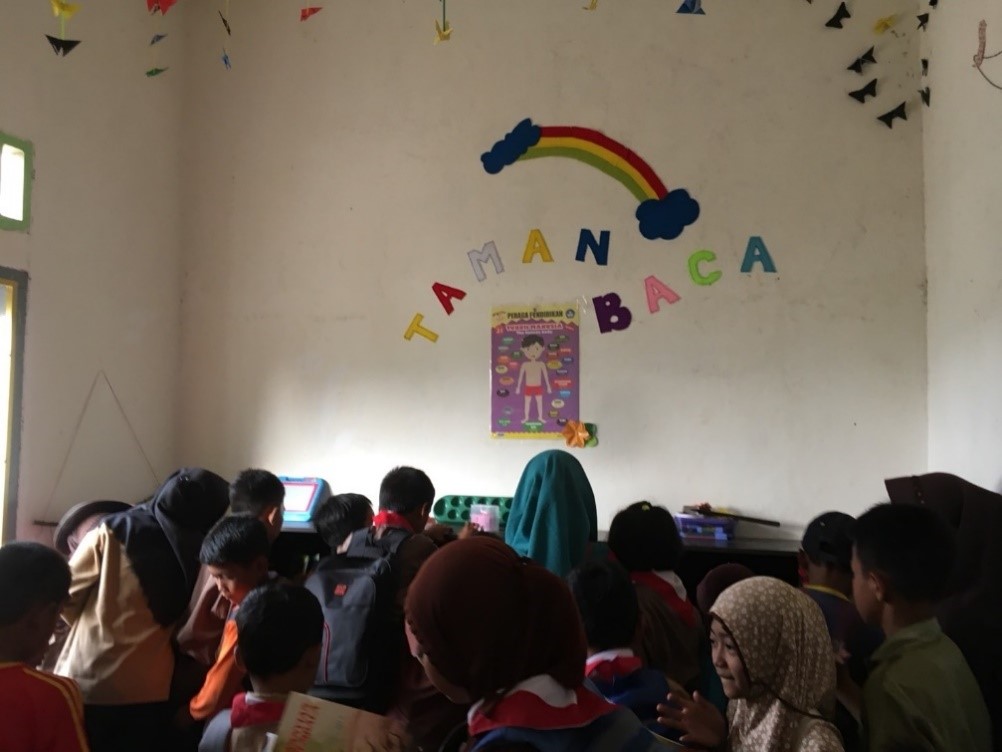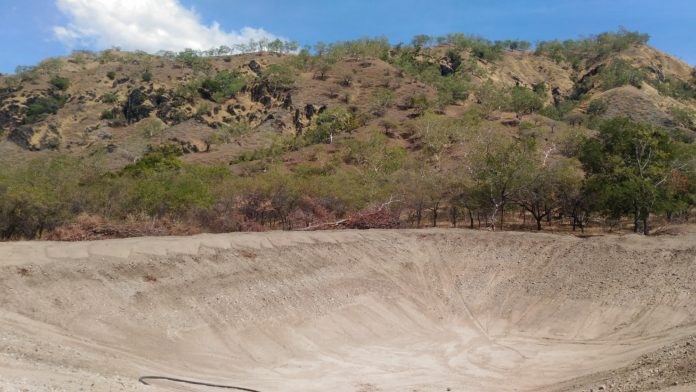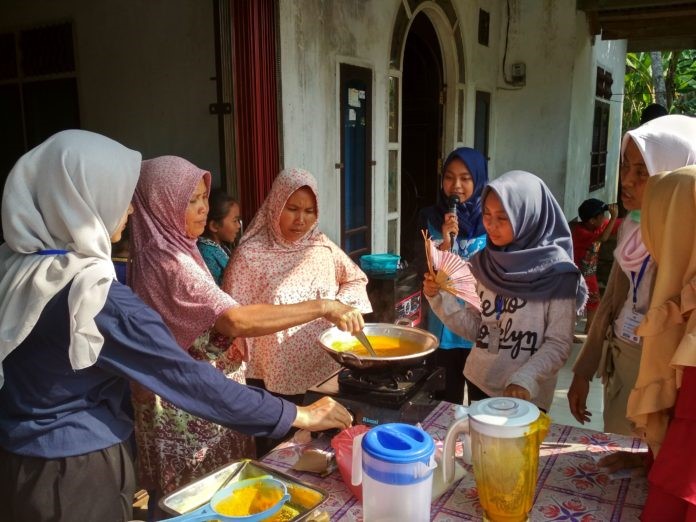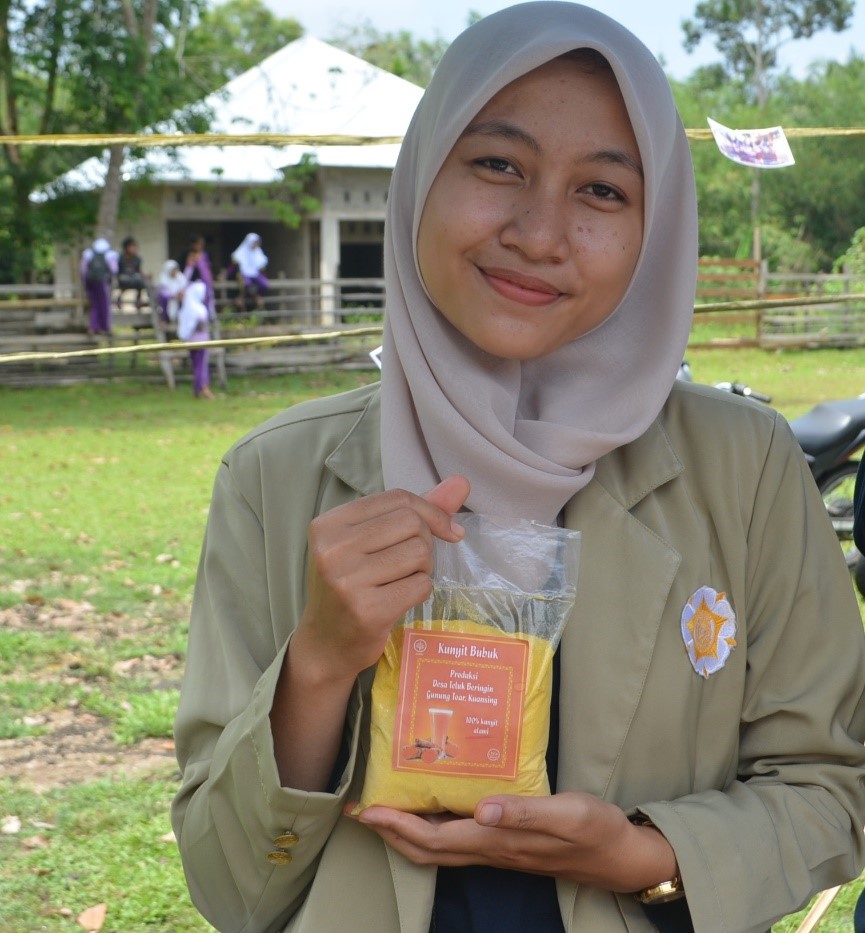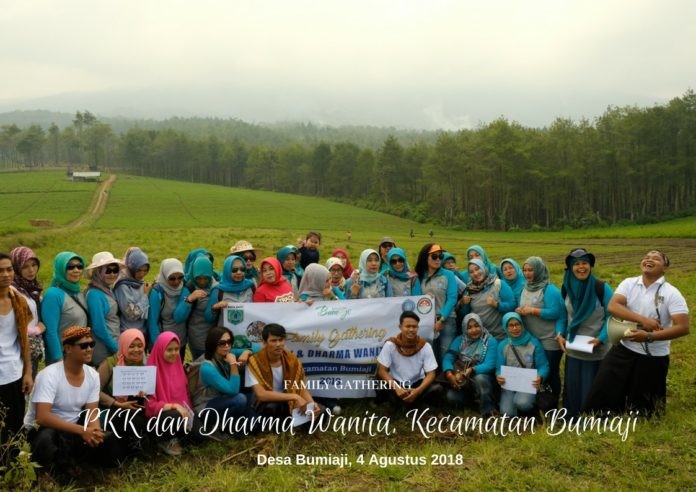
The Indonesian Child Protection Commission (KPAI) recorded 223 cases of child sexual abuse occurred in February. This number increased sharply, considering last year’s 116 cases of child sexual abuse. The recent rise in child sexual abuse cases is evidence of a lack of sex education in children.
This happened because of the perception of the community who considered the taboo sex education for children. The issue of sex education is considered to be unusual and is actually considered to teach immorality. Even though the Ministry of Education and Culture has included material on sexual education in education at the level of Primary and Secondary Schools.
Seeing this condition, KKN-PPM UGM Team LA-002 who served in the province of Lampung, held a Socialization of Early Age Sex Education for elementary school children. The activity has been carried out three times in different locations.
The first socialization activity was held to coincide with the commemoration of National Children’s Day on July 24, 2018 at SD 01 Panggung Mulyo, Rawa Pitu District, Tulang Bawang Regency. The second is in Batang Hari Early Childhood Education in the Village on July 26, 2018. And the last is in Pertiwi Kindergarten, Batang Hari Village on July 31, 2018.
Animation video show a teacher teaching children related to parts of the body that may be determined and cannot be determined
The Socialization of Early Age Sex Education was conducted using media videos and children’s songs. In the animated video show featuring a teacher teaching children about which parts of the body can be touched and cannot be touched. Then continued singing the song ” Sentuhan Boleh Sentuhan Tidak Boleh” copyright Sri Seskya Situmorang sung by Indri Ayu Lestari.
Lyrics of the song:
Sentuhan boleh
Sentuhan boleh
Kepala tangan kaki
Karena sayang karena sayang
Karena sayang
Sentuhan tidak boleh
Sentuhan tidak boleh
Yang tertutup baju dalam
Hanya diriku hanya diriku
Yang boleh menyentuh
Sentuhan boleh
Sentuhan boleh
Kepala tangan kaki
Karena sayang karena sayang
Karena sayang
Sentuhan tidak boleh
Sentuhan tidak boleh
Yang tertutup baju dalam
Katakan tidak boleh
Lebih baik menghindar
Bilang ayah ibu.
The song was chosen because it was simple and easy for children to follow. In addition, it is also easy for children to understand to introduce about the types of touches that other people do to themselves. Touches can be done and accepted only on the child’s head, hands and feet. While the touch should not be, namely touching the body, chest, abdomen, around the pants.
This introduction is the first step to give understanding to children so they can take care of their bodies. It is hoped that in the future children will experience acts of harassment and can report to parents and teachers.

(Source: https://muda.kompas.id/2018/08/02/mahasiswa-ugm-sosialisasikan-pendidikan-seks-usia-dini-ke-anak/; translator: Harun Ardiansyah)




